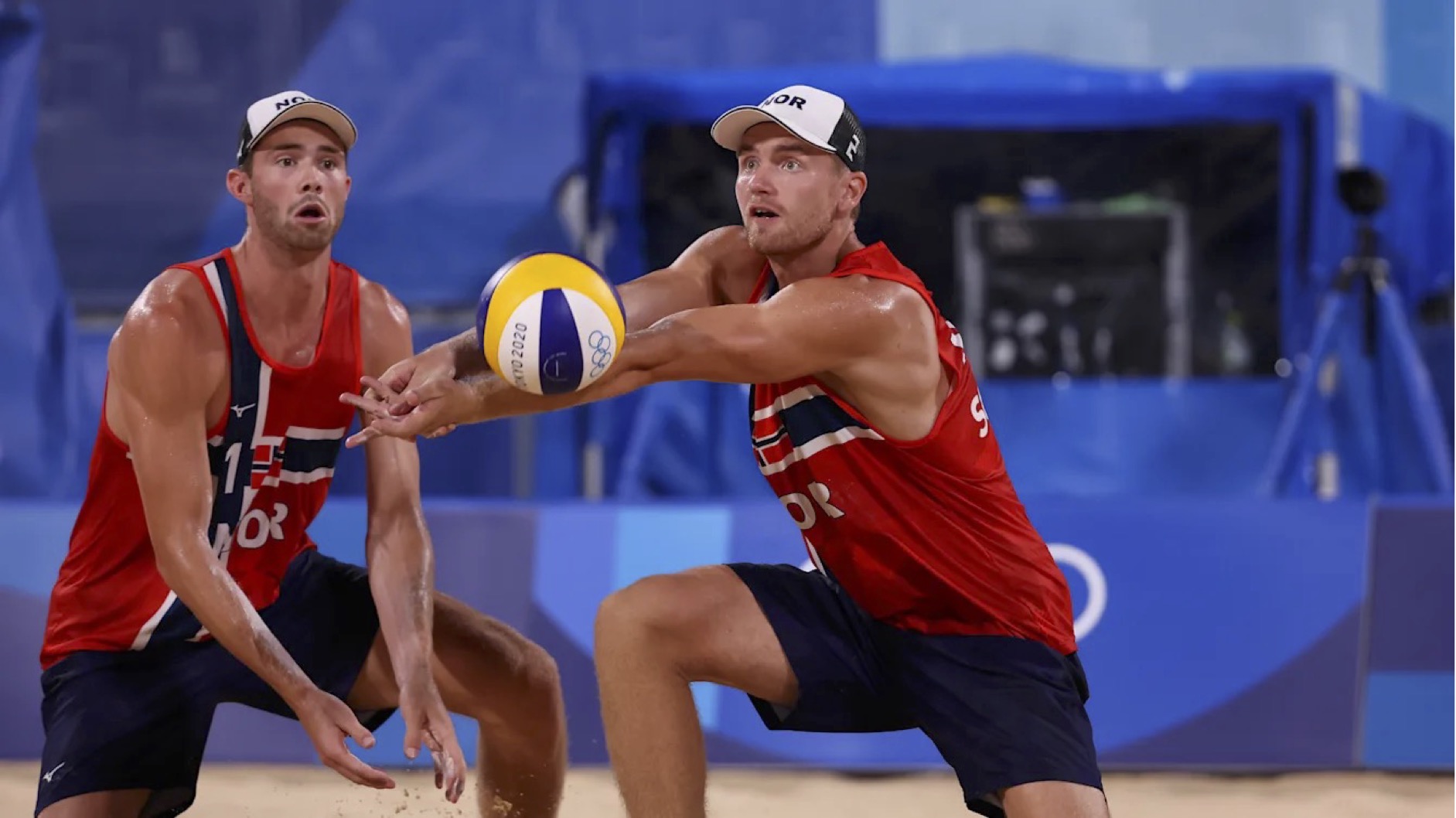An initial exploration has been undertaken in a group project in the IN5490 course autumn 2023 which this master project should build on. Your task is to apply machine learning to investigate how the movement of Olympic-level athletes can be distinguished from that of the lesser-skilled players. Some possible research questions are:
- Based on our data from video and accelerometers (and possibly also heart rate/respiration data), can we distinguish between Olympic-level players and the lesser-skilled players?
- Is there a specific part of the game (serving, receiving, setting, spiking, blocking, defending) that most clearly separates the two groups of players?
- How precisely can we from the recorded data determine what action a player is currently performing?
- Can we identify specific features in the plays behaviour that distinguish the two groups of players?
Suggested Approach:
- Read up on related work, including how motion data can be used to train a Machine Learning model that categorizes/classifies the ongoing motion. Studies from sports would be especially relevant. The paper resulting from the IN5490 project autumn 2023 is also relevant.
- Set up a machine learning algorithm that learns a mapping from movement data to what we want to classify (type of player in question 1, part of game in question 2)
- Train the model and analyze the results: How well did it classify the movement data? Are there ways to improve it by extracting features differently or applying different types of ML algorithms?
- Explainability: Can we using the trained model say something about what motion, or what part of the game, most clearly separates the two groups of players?
References:
- Claudino, J. G., Capanema, D. D. O., de Souza, T. V., Serrão, J. C., Machado Pereira, A. C., & Nassis, G. P. (2019). Current approaches to the use of artificial intelligence for injury risk assessment and performance prediction in team sports: a systematic review. Sports medicine-open, 5, 1-12. doi: 10.1186/s40798-019-0202-3
- Orten, K.F., Chen, B., & Helgesen, S.E.M. (2022). Can machine learning help reveal the competitive advantage for elite athletes? IN5490 proceedings 2023 (ask your supervisor for access to this paper)
- Rajšp, A., & Fister, I. (2020). A systematic literature review of intelligent data analysis methods for smart sport training. Applied Sciences, 10(9), 3013. doi: 10.3390/appxx010005
- Wang, Y., Zhao, Y., Chan, R. H., & Li, W. J. (2018). Volleyball skill assessment using a single wearable micro inertial measurement unit at wrist. IEEE Access, 6, 13758-13765. doi: 10.1109/ACCESS.2018.2792220
- Wenninger, S., Link, D., & Lames, M. (2020). Performance of machine learning models in application to beach volleyball data. International Journal of Computer Science in Sport, 19(1), 24-36. doi: 10.2478/ijcss-2020-0002
